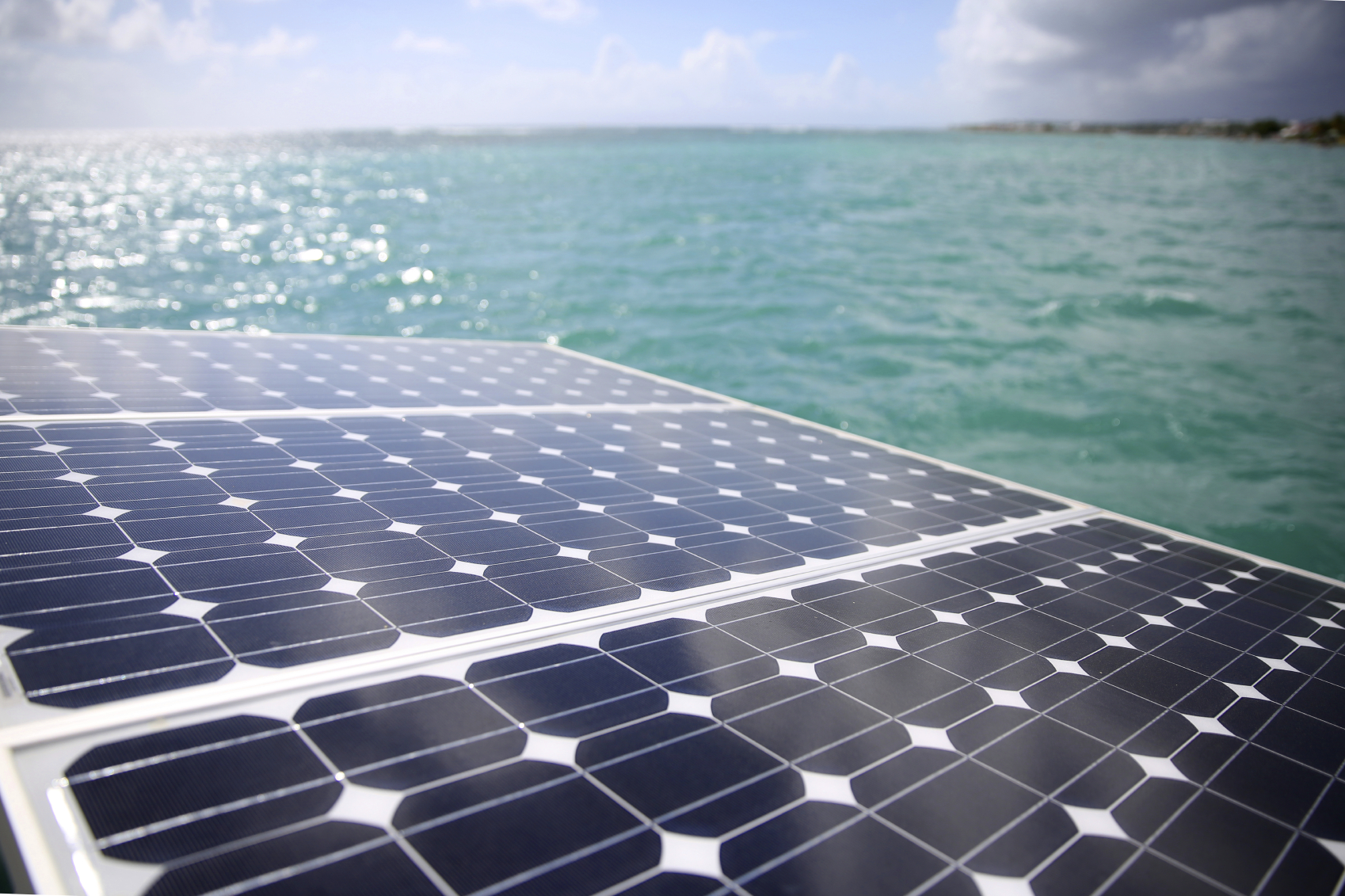Installing portable solar panels on your boat can be a great way to save batteries and keep your lights and electronic equipment running longer. But before you rush to the nearest electronics store, it’s worth knowing which solar kits are most suitable for marine use, and how to get the most for your money. Here’s a run-down of the key considerations.
Panel types and ratings
Most boat motors have an alternator that charges the battery while the motor is running. When the boat is at rest, solar panels can pick up the slack. This can work particularly well if the boat is moored outdoors.
Most marine solar panels fall into the 5W to 200W power-output range. Dividing this wattage rating by 15 should give you a good estimate of the panel’s electrical-current output in amps. If you assume that a whole day’s exposure to the sun will generate the equivalent of five hours of rated panel output, a 7W panel will provide you with about 0.47 amps, or 2.35 amp-hours over the whole day.
Factoring in battery self-discharge, this should be enough to keep a 100-amp-hour battery topped up if the battery is used for light duties. If you plan to use it for heavier tasks, such as to power a bilge pump, more wattage may be needed.
To avoid damaging the battery, the panel’s output must be routed through a voltage regulator. This will switch off power from the panel when the battery has reached maximum charge. Make sure that the regulator is rated for the specific battery type, whether lead acid, SLA or gel.
Panel placement
The boat and the sun will always be moving in relation to one another. So, it’s usually best to install the panels horizontally and high up, such as on the , bimini or T-top. This will guarantee that they receive sun exposure all day, and at all bearings.
If you need to move them around, some panels have holes or ‘eyelets’ at the edges, enabling them to be secured with rope or straps. Others come with adjustable legs, so they can be propped up to face the sun.
Rigid or flexible panels?
Flexible solar panels have dropped in price as the technology has become more widely commercially available. The panels use crystalline cells encased in a flexible polymer sheet, which makes them durable and moisture proof, and able to be glued onto flat or curved hatches and decks.
If you choose rigid panels, check that they are weather resistant. Cheaper brands can use sealant that deteriorates over time, allowing moisture to seep inside. Some vendors sell complete marine solar kits, but don’t be afraid to check the quality of each component – particularly the voltage regulator, battery or battery bank, wiring and connectors.
Portable solar panels are a quiet, clean and environmentally friendly alternative to generators. With the right set-up, you might not even need to connect your boat to shore power again.
Here are some more boat accessories you can add for a great day on the water.





